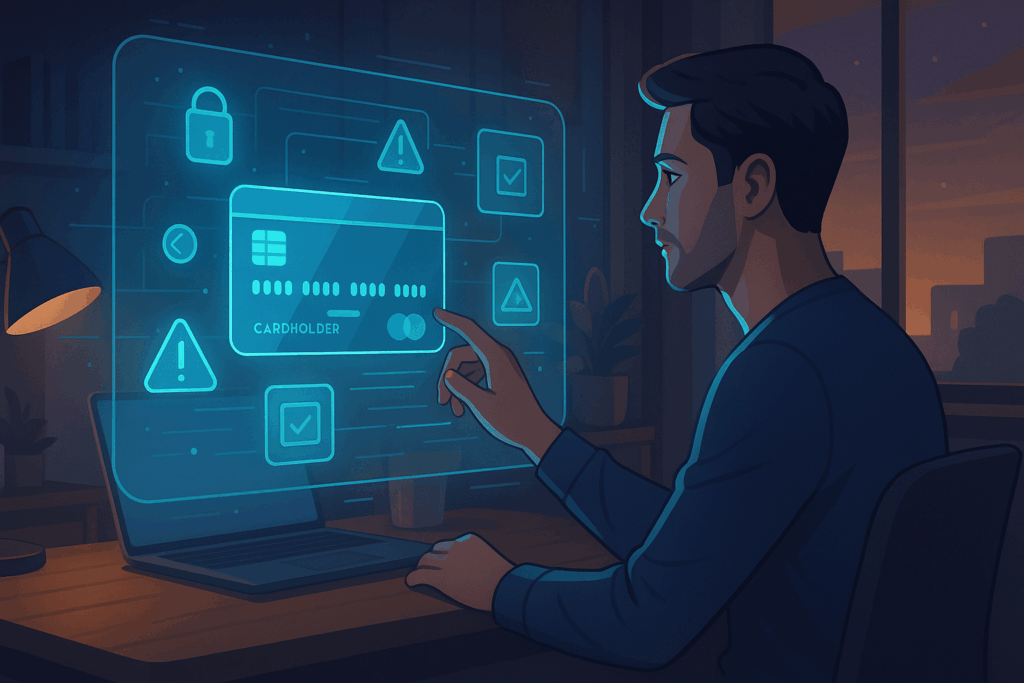In recent months, financial institutions have reported a concerning uptick in digital payment fraud. As more people rely on their credit card for everyday purchases, criminals have evolved their strategies to exploit unsuspecting users. The rise of contactless payments, e-commerce, and virtual banking—though convenient—has opened new doors for cybercriminals to target personal financial data.
This article dives into the recent surge in fraudulent activity involving digital transactions and offers clear, practical advice on how individuals can protect themselves. Whether you’re an experienced online shopper or someone new to digital banking, understanding how these schemes work can make a significant difference in your financial security.
Why fraud is on the rise

Digital transformation in the banking sector has improved access to financial services—but it’s also created more opportunities for fraudsters. In 2025, phishing emails, fake websites, and text message scams have become increasingly sophisticated, mimicking real communication from major banks. These scams often trick users into revealing sensitive data or authorizing transactions they didn’t intend to make.
Data from cybersecurity firms show a 35% increase in reported fraud cases during the first quarter of 2025 alone. Many of these incidents involve stolen card credentials used to make unauthorized purchases, both online and in person. As fraud becomes harder to detect in real time, it’s crucial for users to understand the signs and risks.
How scammers operate today
Modern fraudsters use a range of tools to steal data. Phishing emails and smishing (SMS phishing) are common entry points. These messages typically urge the recipient to “verify account details” or click a link to avoid service disruption. Once clicked, the user is led to a realistic-looking website designed to capture login information or initiate malicious downloads.
Another common tactic involves installing malware on public Wi-Fi networks, especially in airports and cafes. Once a device is infected, it can transmit card numbers or passwords to the attacker without the user noticing. Additionally, some fraudsters purchase stolen data on the dark web, where breached information is sold for surprisingly low prices.
Smart ways to defend your finances
The good news? You don’t need to be an IT expert to safeguard your digital wallet. Staying informed and adopting a few preventive habits can dramatically reduce your risk. Start by enabling two-factor authentication (2FA) on all banking apps and financial platforms. This extra layer of security makes it harder for hackers to access your accounts, even if they have your login credentials.
Also, avoid clicking on links in unsolicited emails or text messages, especially if they contain urgent warnings. Instead, go directly to your bank’s website or contact customer service if you’re unsure about a message’s authenticity. And remember: banks will never ask for your full password or PIN via email or SMS.
Day-to-day protection tips
Simple habits can offer strong protection. Always use secure and private internet connections when checking balances or making purchases. If you’re using public Wi-Fi, consider installing a virtual private network (VPN) to encrypt your connection. Check your statements regularly and set up real-time transaction alerts to catch any unusual activity as soon as it happens.
In addition, use digital wallets like Apple Pay or Google Wallet, which tokenize your card information. This means your actual number is never exposed during a transaction. Some banks also offer virtual cards for online purchases—these can be created, used once, and discarded, adding an extra buffer between your main account and potential threats.
